Regulatory Support for Lactose Use
The pharmaceutical grade-lactose market benefits from favorable regulatory frameworks that support the use of lactose in drug formulations. Regulatory bodies, such as the FDA, have established guidelines that recognize lactose as a safe and effective excipient. This regulatory endorsement encourages pharmaceutical manufacturers to incorporate lactose into their products, thereby expanding its application in various therapeutic areas. The market is projected to grow at a CAGR of around 5% over the next few years, driven by the increasing number of approved drug formulations utilizing lactose. Additionally, the emphasis on compliance with Good Manufacturing Practices (GMP) further enhances the credibility of pharmaceutical grade-lactose, making it a preferred choice among manufacturers. As regulations continue to evolve, the pharmaceutical grade-lactose market is likely to see sustained growth, reflecting the industry's commitment to quality and safety.
Growth of the Biopharmaceutical Sector
The pharmaceutical grade-lactose market is significantly influenced by the growth of the biopharmaceutical sector. As biopharmaceuticals gain traction, the demand for high-quality excipients, including lactose, is on the rise. Lactose is particularly valued for its role in the formulation of biologics, which often require specialized delivery systems. The biopharmaceutical market is projected to exceed $500 billion by 2025, indicating a substantial opportunity for the pharmaceutical grade-lactose market. This growth is driven by the increasing prevalence of chronic diseases and the need for innovative therapies. As biopharmaceutical companies continue to invest in research and development, the reliance on lactose as a key excipient is expected to grow, further propelling the pharmaceutical grade-lactose market forward.
Rising Demand for Personalized Medicine
The pharmaceutical grade-lactose market is poised for growth due to the rising demand for personalized medicine. As healthcare shifts towards tailored therapies, the need for specialized drug formulations increases. Lactose serves as an essential excipient in the development of personalized medications, enabling precise dosing and improved patient outcomes. The market for personalized medicine is expected to reach $2 trillion by 2030, with lactose playing a pivotal role in the formulation of these innovative therapies. This trend suggests that pharmaceutical companies are increasingly recognizing the value of lactose in enhancing the efficacy of personalized treatments. Consequently, the pharmaceutical grade-lactose market is likely to expand as manufacturers adapt to the evolving landscape of personalized healthcare, ensuring that lactose remains integral to the development of customized drug solutions.
Increasing Use of Excipients in Pharmaceuticals
The pharmaceutical grade-lactose market is experiencing growth due to the increasing utilization of excipients in drug formulations. Excipients play a crucial role in enhancing the stability and bioavailability of active pharmaceutical ingredients (APIs). Lactose, as a widely accepted excipient, is favored for its compatibility with various APIs. The market for excipients is projected to reach approximately $7 billion by 2026, with lactose accounting for a notable share. This trend indicates a robust demand for pharmaceutical grade-lactose, as manufacturers seek to improve drug delivery systems and patient compliance. Furthermore, the shift towards more complex formulations necessitates high-quality excipients, thereby driving the pharmaceutical grade-lactose market. As pharmaceutical companies continue to innovate, the reliance on lactose as a key excipient is likely to persist, further solidifying its position in the industry.
Technological Advancements in Lactose Production
The pharmaceutical grade-lactose market is benefiting from technological advancements in lactose production processes. Innovations in manufacturing techniques have led to improved purity and consistency of lactose, making it more suitable for pharmaceutical applications. Enhanced production methods, such as spray drying and crystallization, have increased efficiency and reduced costs, thereby making high-quality lactose more accessible to manufacturers. The market is anticipated to grow at a CAGR of approximately 4% as these advancements continue to evolve. Furthermore, the focus on sustainable production practices is likely to drive the adoption of lactose in the pharmaceutical industry. As technology continues to advance, the pharmaceutical grade-lactose market is expected to thrive, reflecting the industry's commitment to quality and innovation.


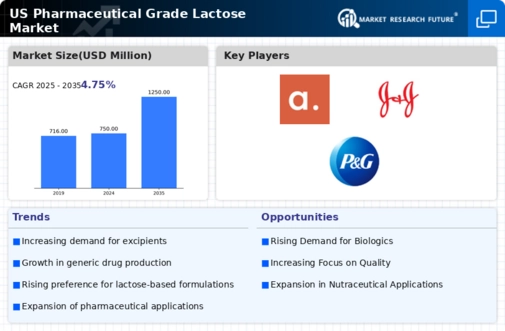
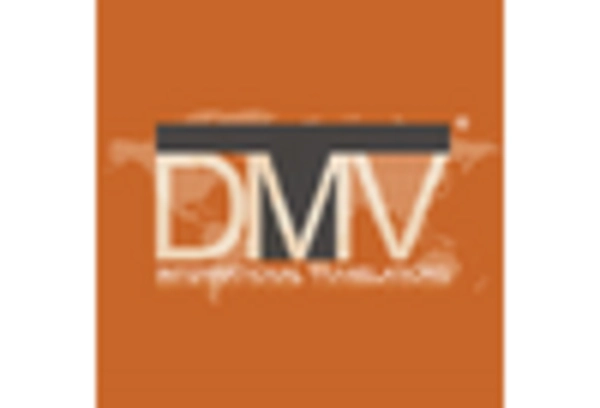
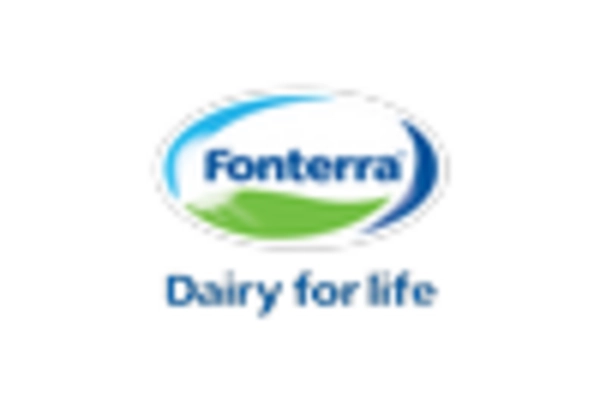

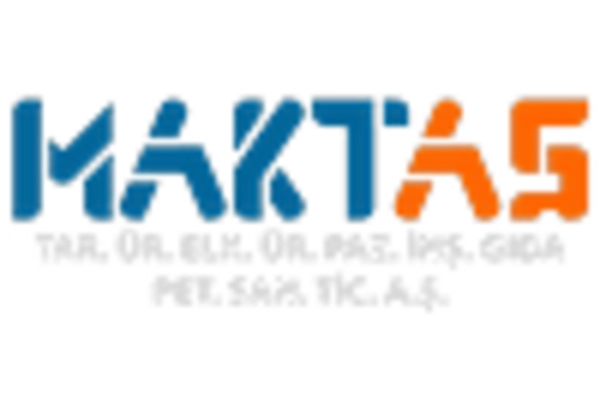
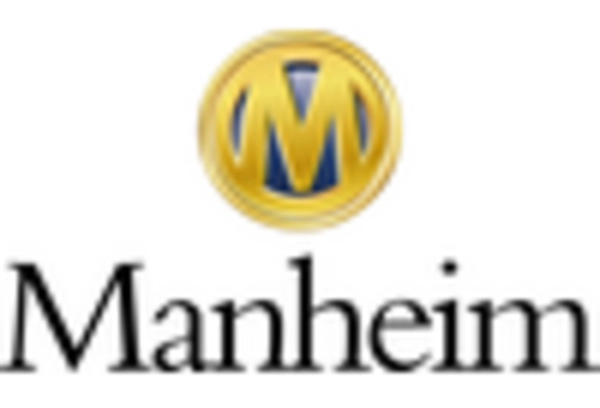
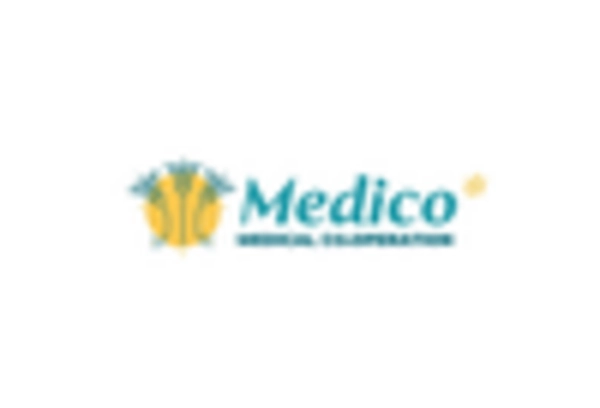








Leave a Comment